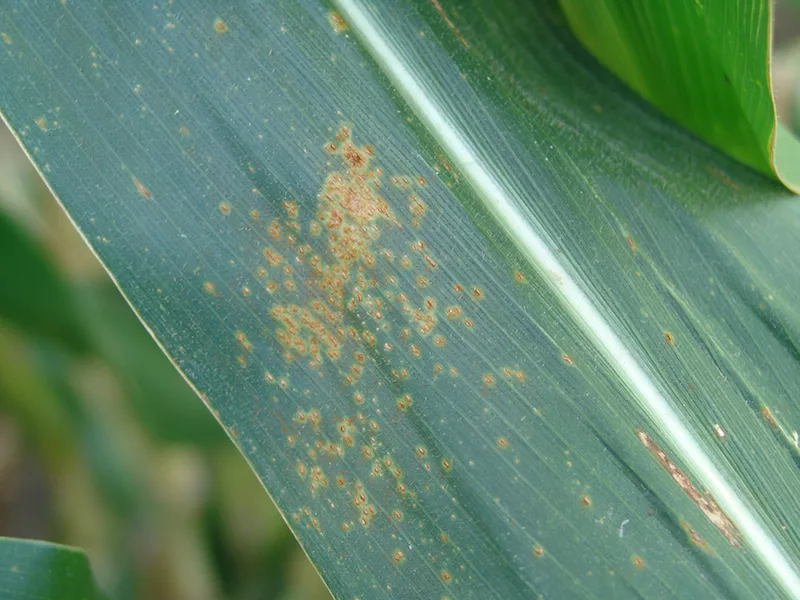By Nathan Kleczewski
Most Midwest producers are behind in getting corn and soybeans into the ground this year as a result of persistent rains and cool temperatures. Some people are wondering what this might mean for some of the diseases we encounter in our field crops.
Keep in mind, disease occurs when you have the correct host, plant pathogen, and environment together. The longer those three factors are together, the more disease will occur. Although we cannot speculate much on the long term environmental conditions we will face this year and how that will impact diseases, we can make some educated guesses on how late planting could potentially impact some diseases, which I've done here.
- Soybean cyst nematodes in soybean and other nematodes in soybean and corn. These organisms grow and reproduce in/on crop roots, and will continue to reproduce and damage plants over time. One potential impact of late planting is that these organisms will have less time to damage plants prior to harvest, and therefore their overall impacts may be reduced compared to other seasons.
- Sudden death syndrome (SDS). The fungal pathogen that causes this disease is favored by cool, wet soils. These conditions also reduce soybean germination, growth and development early in plant development. Planting later in the season hedges your bets of encountering warmer soils, which are not as favorable for the SDS pathogen.
- Pythium species on corn and soybean. Similar to SDS, Pythium diseases tend to be favored by cool wet conditions. However, unlike SDS, Pythium seedling diseases are caused by a complex of fungi. We now know that a single field can host many different pathogenic species of Pythium, which may differ in terms of their optimal temperatures to cause disease. Consequently, if wet weather is encountered soon after planting, regardless of temperature, issues with these pathogens may still occur.
- Residue borne foliar diseases and stem diseases. There are numerous foliar diseases that can impact soybean and corn, and many stem diseases that may cause issues in soybeans. Unlike some of the other diseases I mentioned earlier, many of these diseases will be affected by the environmental conditions during the growing season and when favorable conditions occur relative to plant growth and development.
- Rusts. The rusts that can impact corn and soybean blow in from warmer regions to our south. Many rusts arrive later in the season, typically after yield has been made, or after in season management decisions have been made/fungicides applied. A good example of this is common rust in corn. However, as many producers experienced with southern rust a few years ago, when these diseases arrive earlier in plant development, and conducive conditions persist, they are more likely to result in yield losses. Consequently, late planting could potentially result in plants being exposed to rusts earlier in growth and development. There has not been much activity with rusts in the south this season, which hopefully translates to less potential issues with these pathogens during the season. Of course, similar to the residue borne foliar diseases, within season weather is essential for disease development during the growing season.






